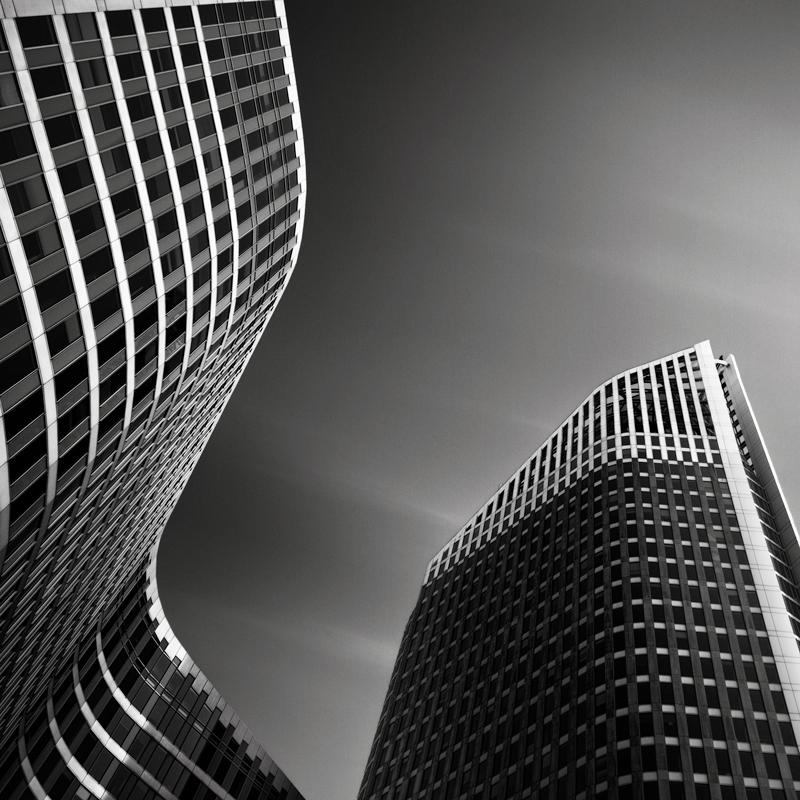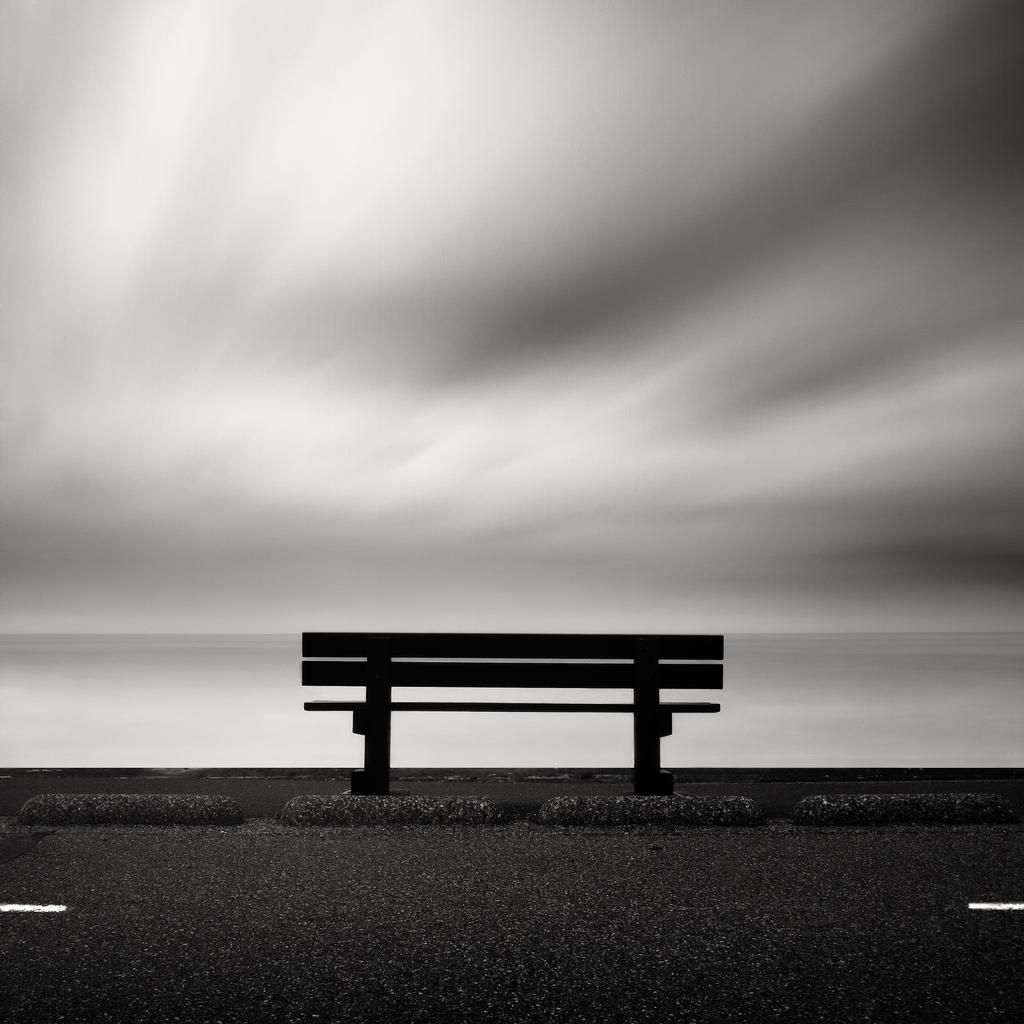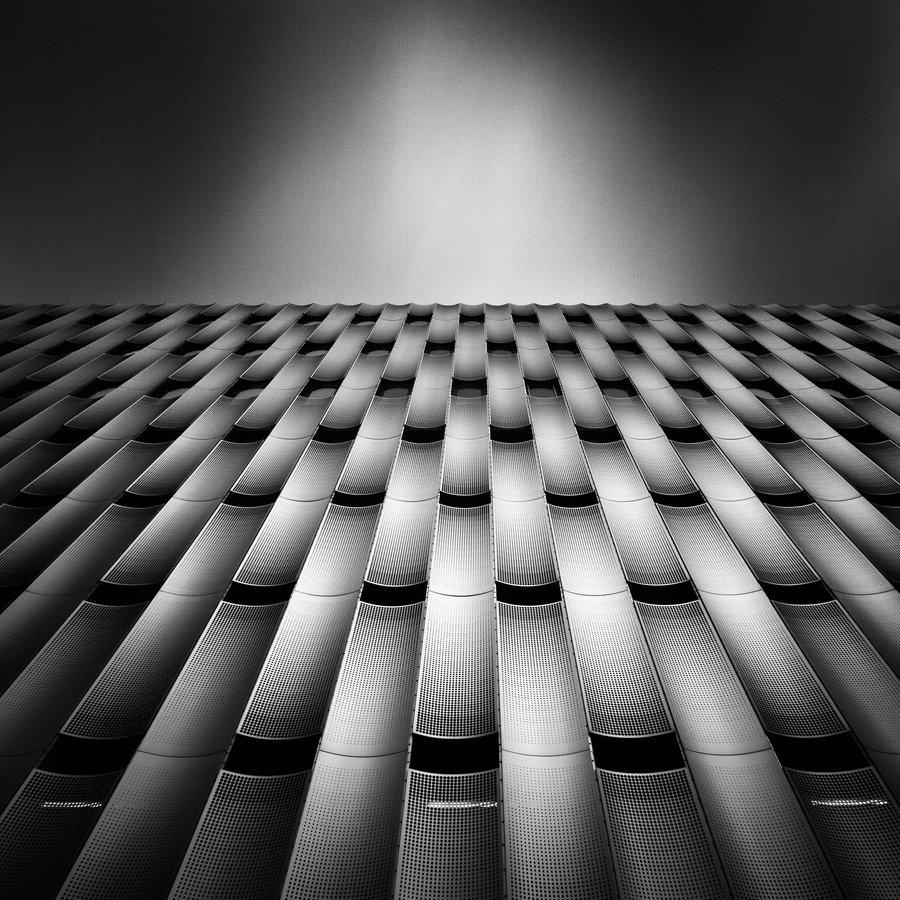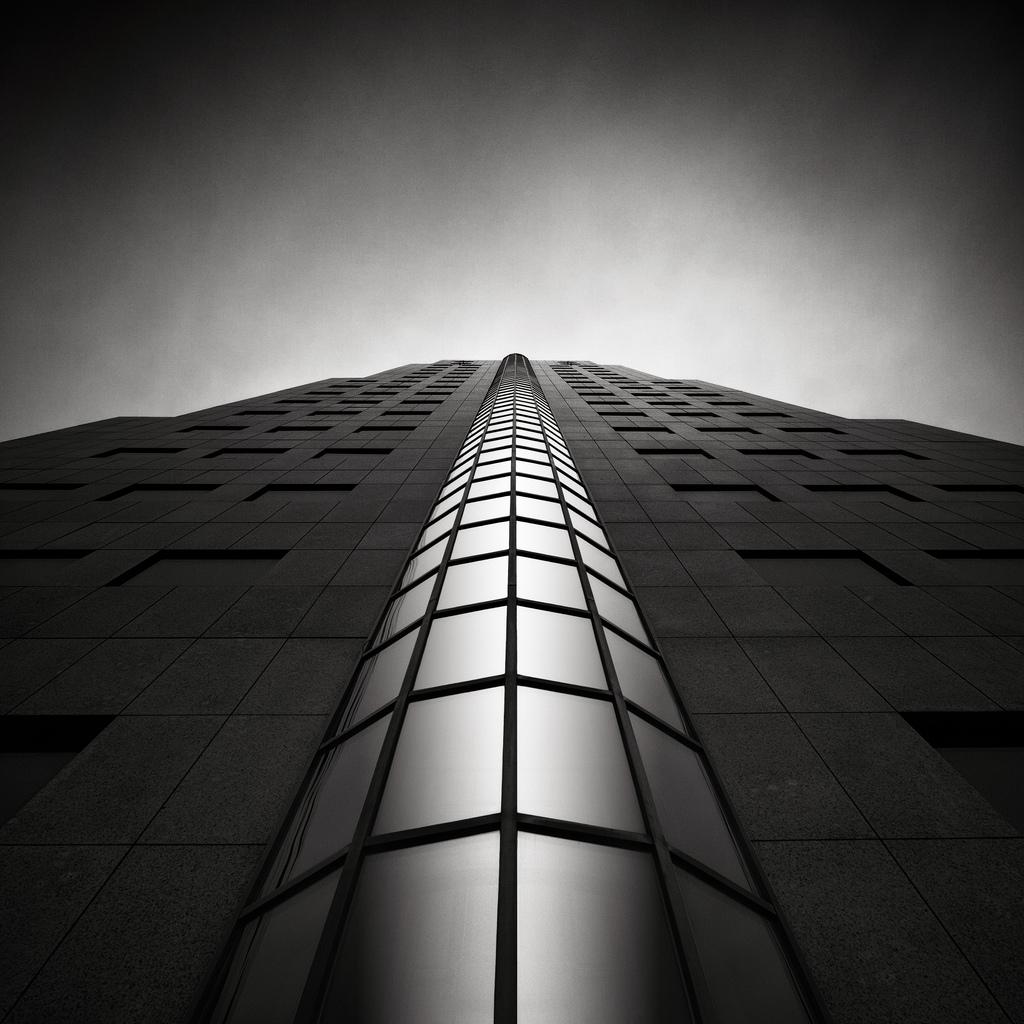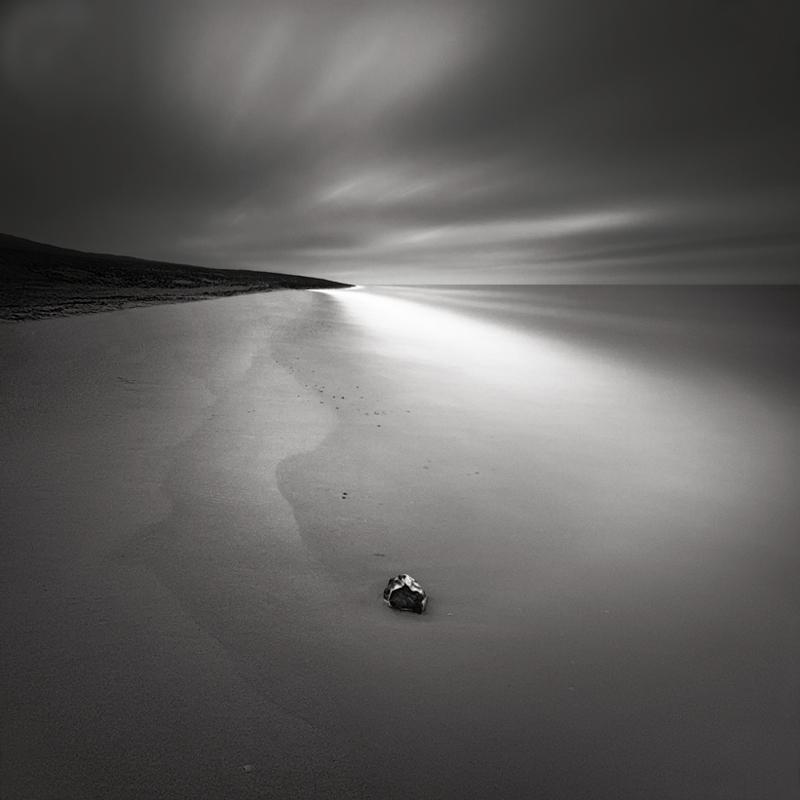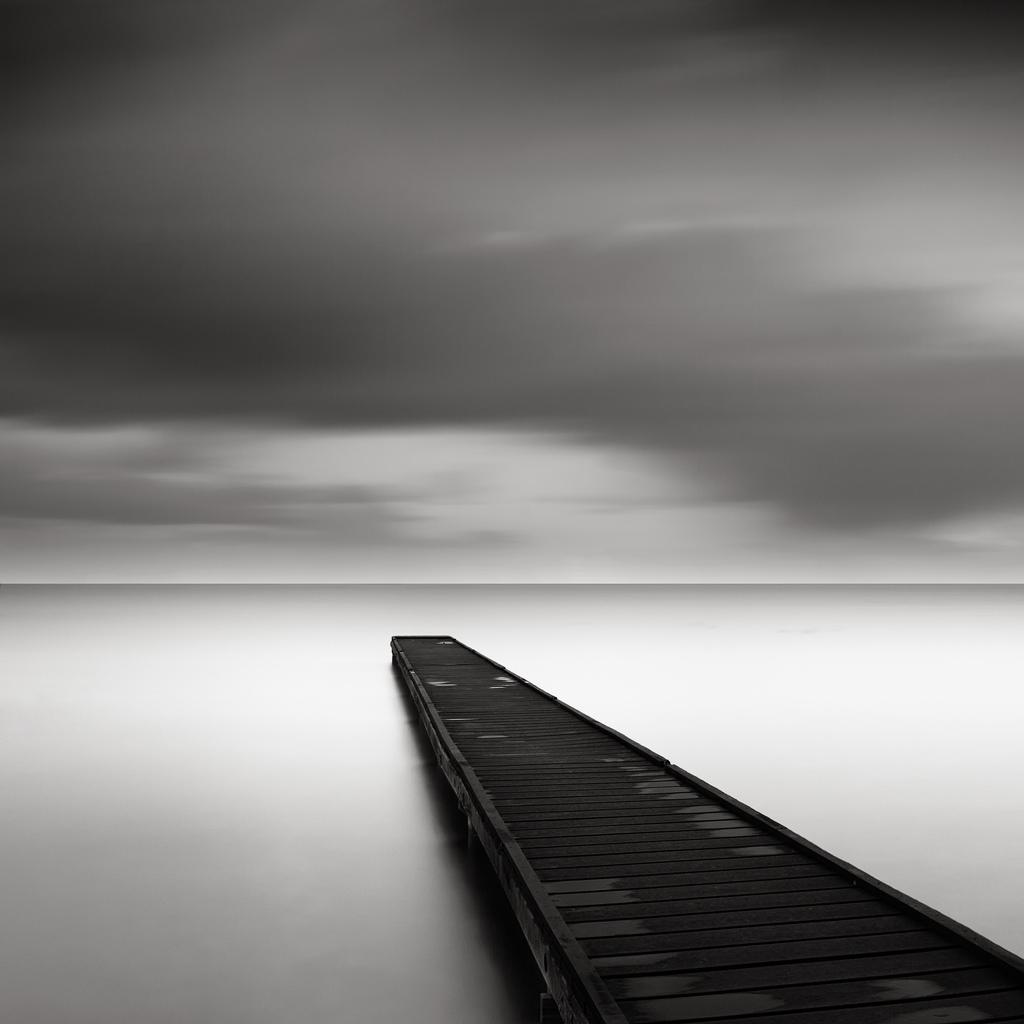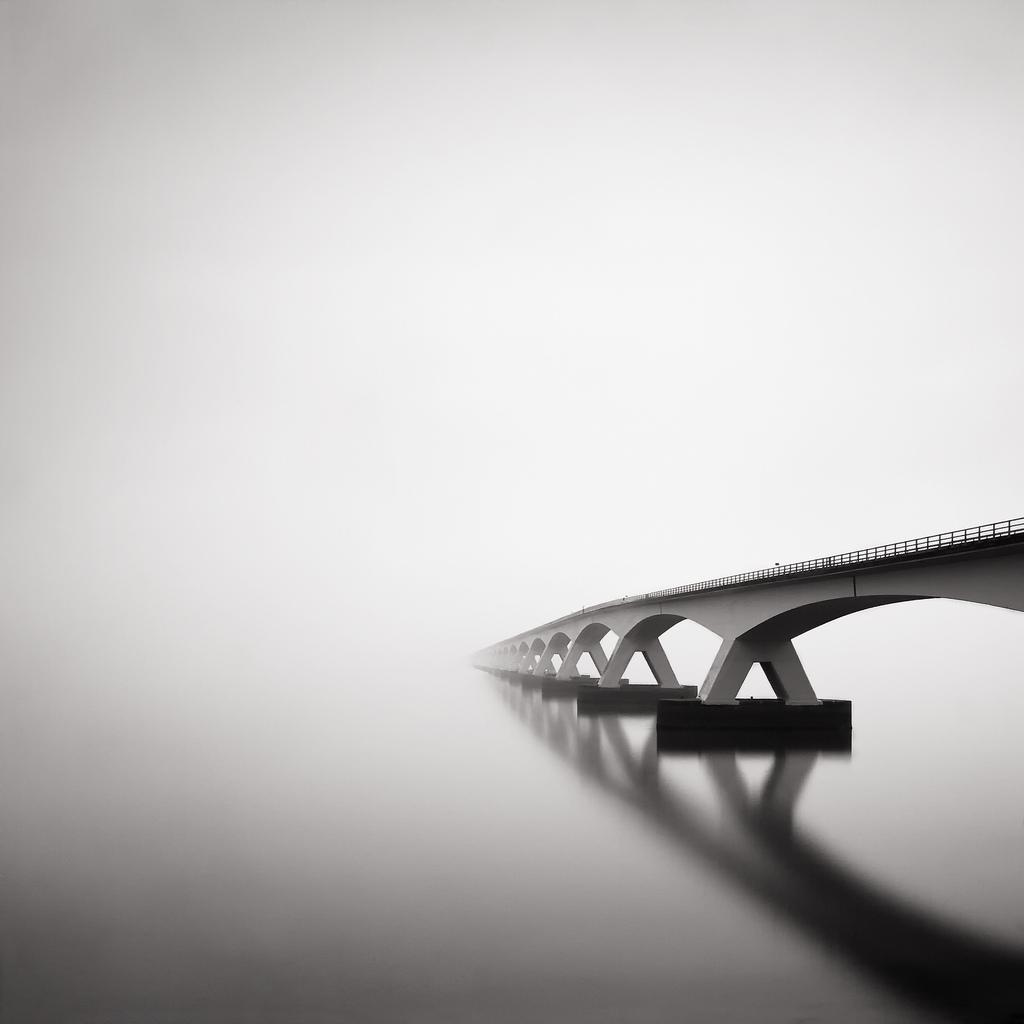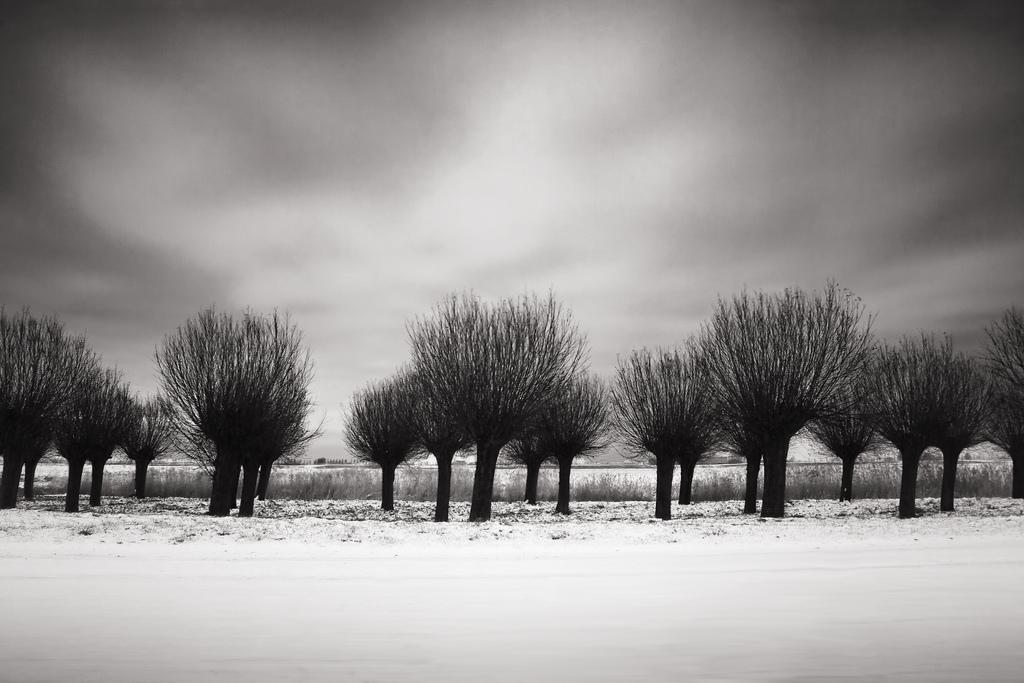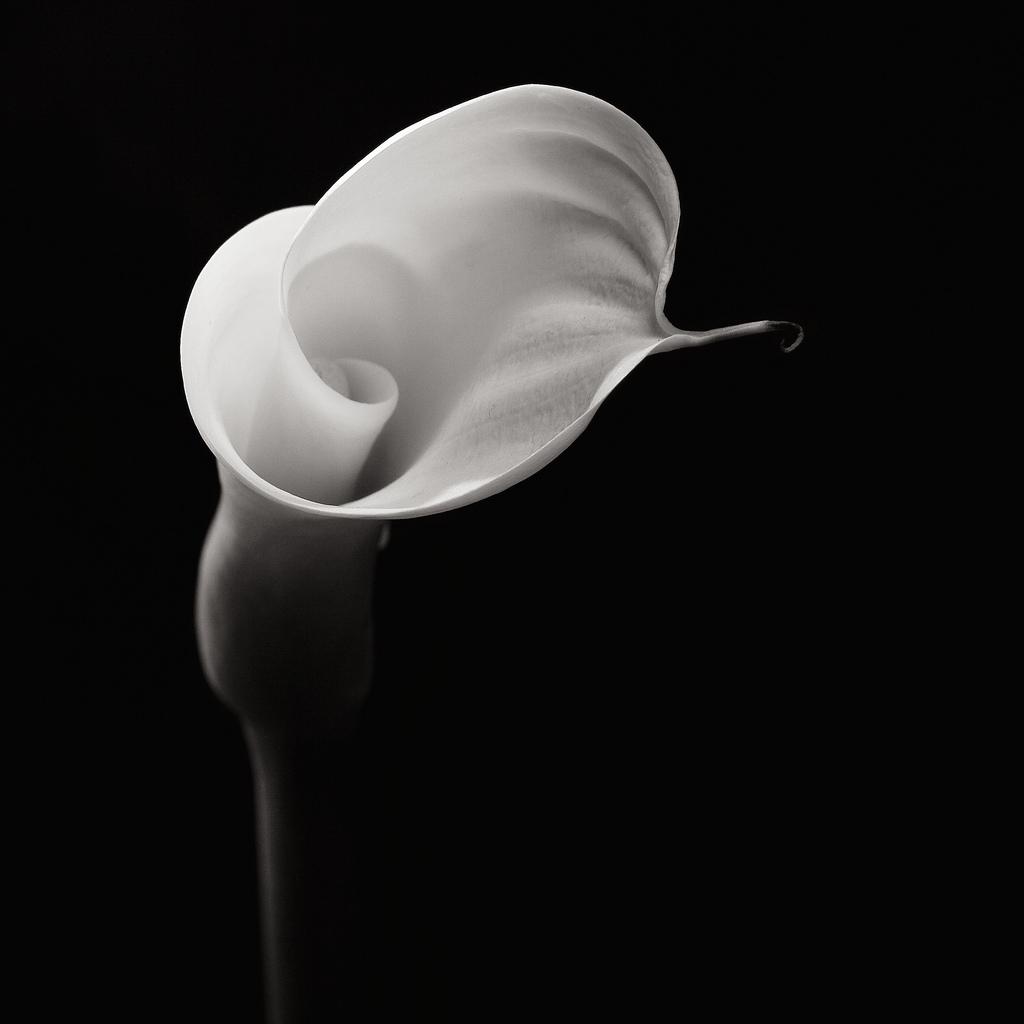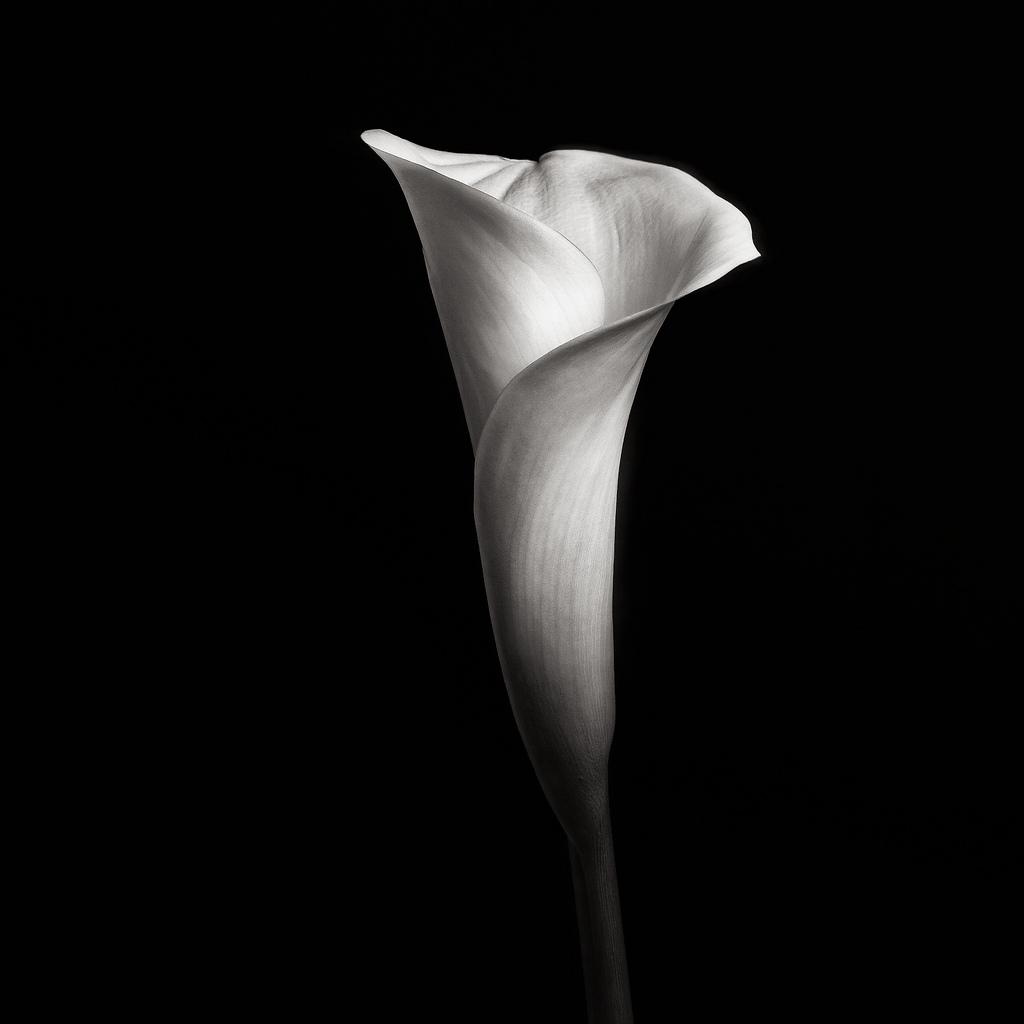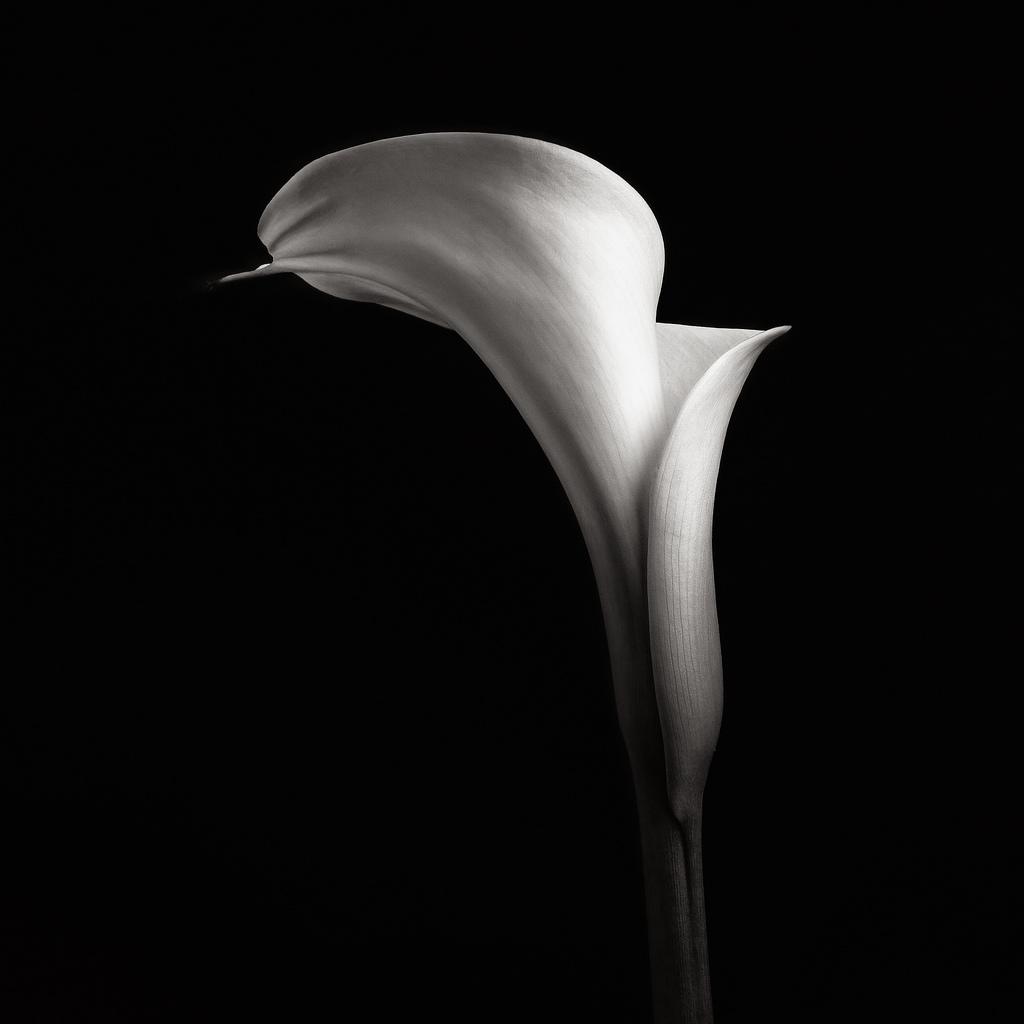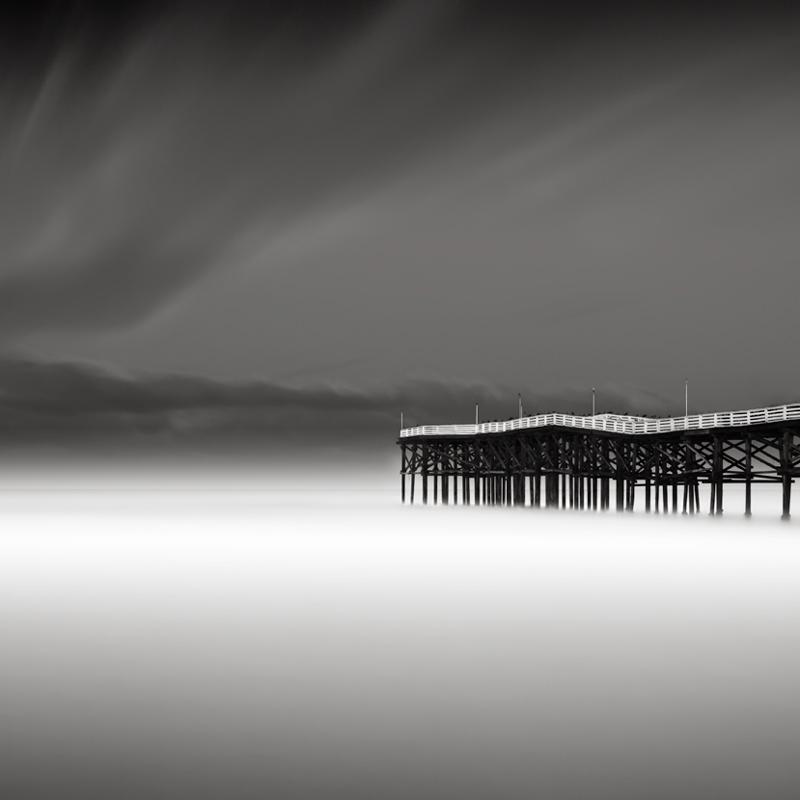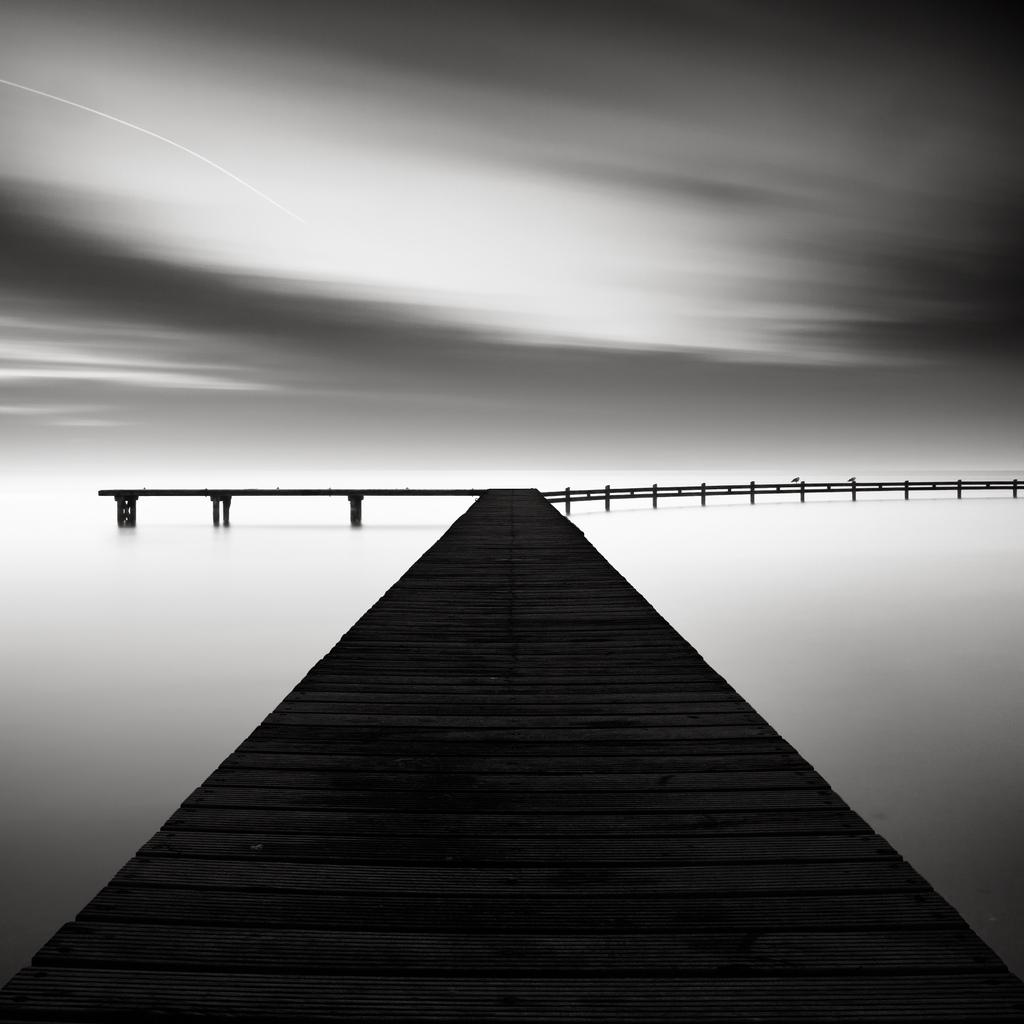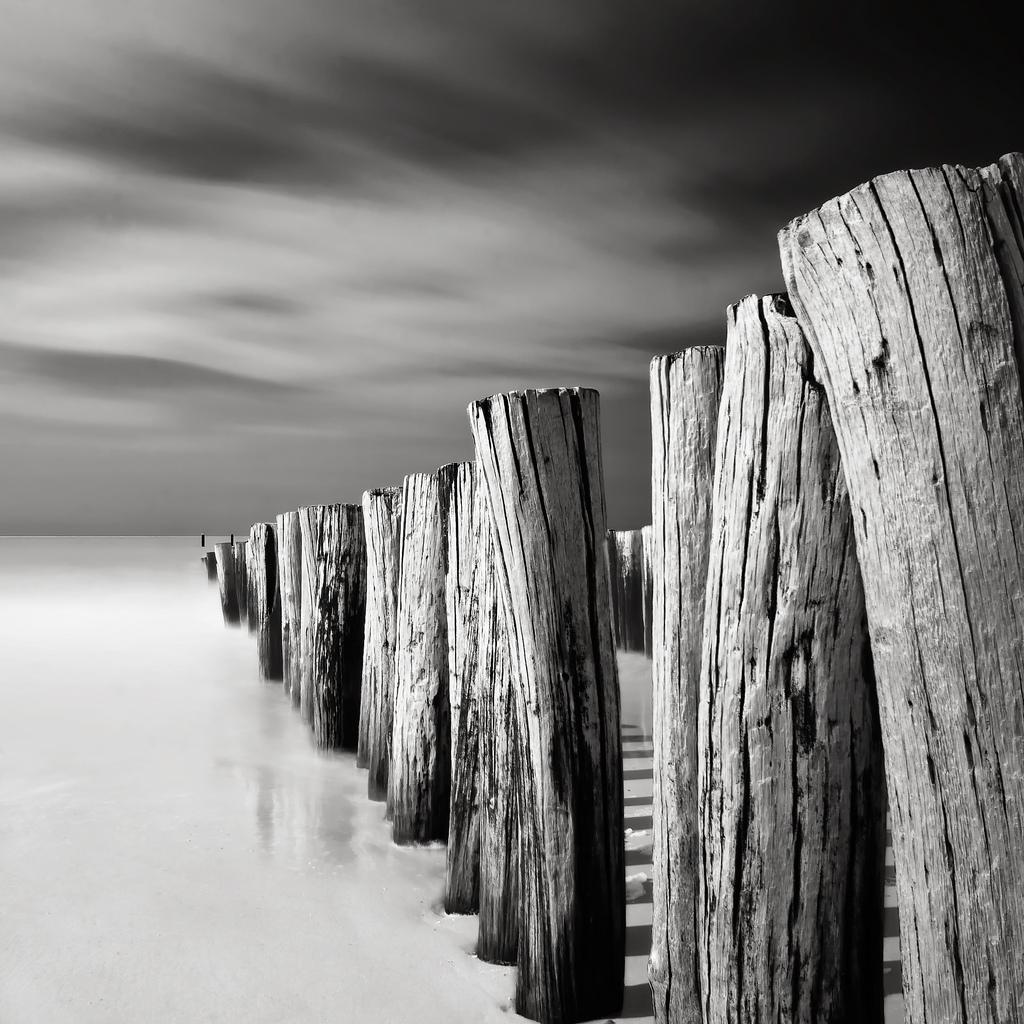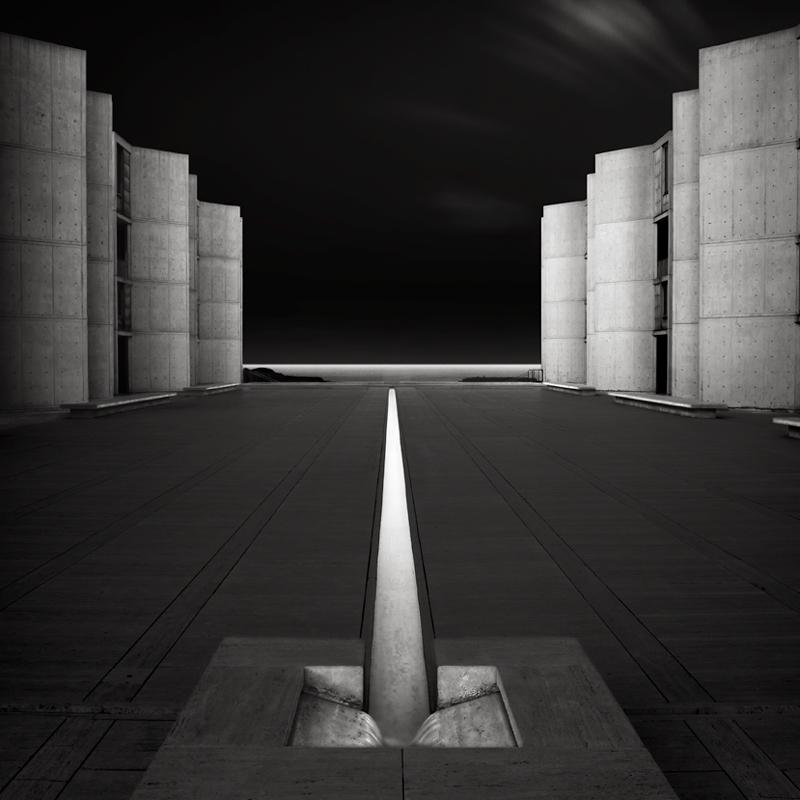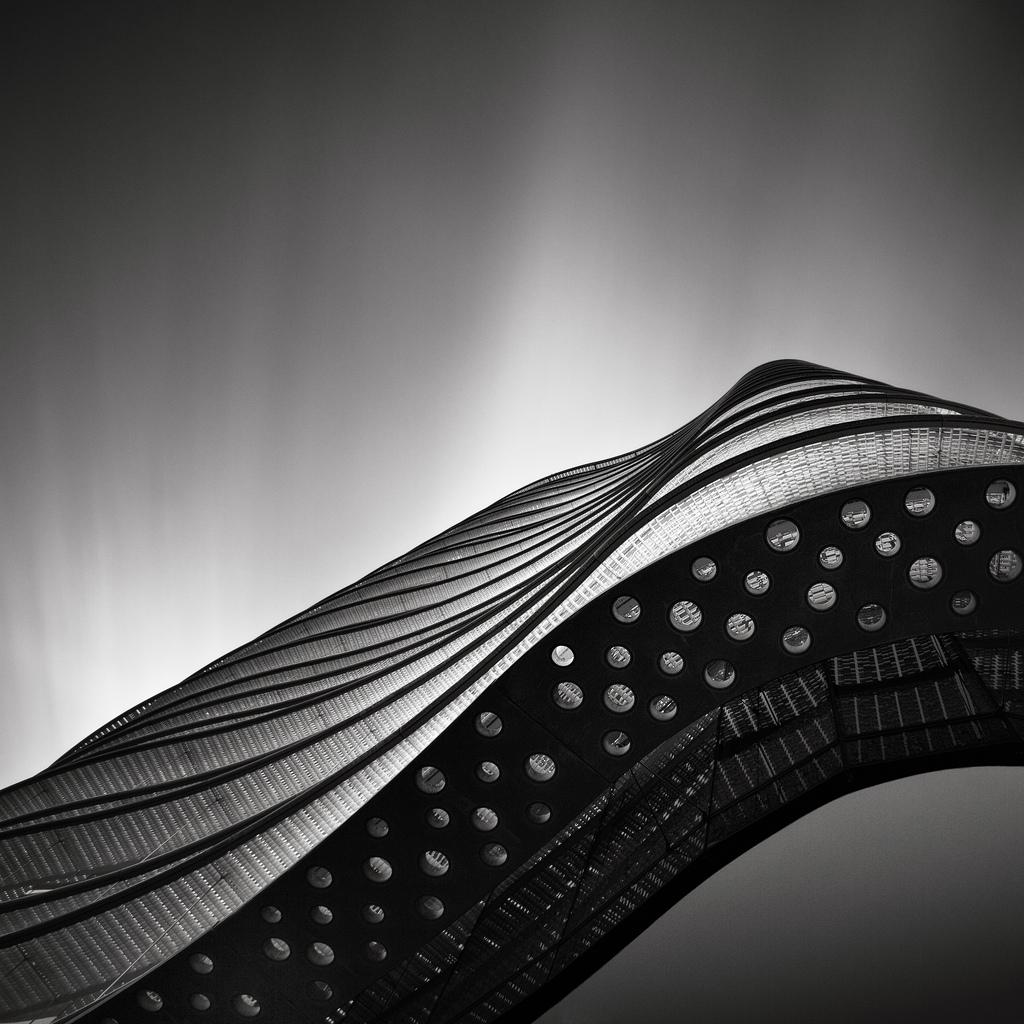The Art of Black and White Photography by Joel Tjintjelaar
Joel Tjintjelaar is an award winning B&W fine-art photographer from the Netherlands. His work has been published on many online websites and in magazines like American Photo, Black + White Photography magazine UK and Dutch magazine Digifotopro to name a few. The artist loves Black and White photography because with the removal of color the essence of objects, situations, scenarios and people can become more visible.
"It's up to you what you do with contrasts, light, shapes and lines to emphasize the essence, or what you see as the essence - no colors that will seduce the eye, only emotion that will capture the heart." says Joel Tjintjelaar.
We had the privilege to get an exclusive interview for Joel, and we would like to share his knowledge and vision about black and white photography with you.
Tell us about something about Joel Tjintjelaar Photography and BW Vision? I have two websites at this moment: www.joeltjintjelaar.com which is meant to be my personal homepage with my profile and a selection of my work, but under construction.
My other website is www.bwvision.com and serves different purposes: 1. To be a source on the internet for B&W photography with tutorials, tips and tricks, informative articles written by guest writers, interviews with famous photographers in the world of black and white fine art photography. 2. To provide the public with online fine art photography of the highest quality from established or award winning emerging artists. Our online fine art gallery will consist of max 10 to 15 artists presenting a small selection of their work as high-end signed and numbered limited editions. The idea behind it is collaboration and cross-promotion between a select group of artists to promote and sell our work. The issue that we’ve identified is that many outstanding artists have their own homepages but are not visible on the Internet and are struggling to get decent exposure and sell their work. So they often try to sell their work through websites that provide that type of service to photographers. But still no one seems to find them. Why not? If you’re a customer interested in art and photography, and that’s our most important target group, then how should such a customer find you between the thousands of artists and millions of photos represented on that type of website? What is good, what isn’t good? What’s the quality of the print? Where to start? Who can advise me – me being the customer who just likes art but can’t identify the real great work of all talented photographers, because there are so many? Well, we do just that. We have done the selection for the customer by selecting only the best artists. The artists and BWVision will then again select only their best work with 2 to 5 images per artist. And finally it is printed on the best paper using high-end printing techniques and inks and matted on museum quality mats. You only have to browse 3 to 5 pages to see all the work we have on offer. The average customer can make a selection out of 50 photos, but he can’t do a proper selection out of 1 million photos.
What’s your creative process like? My creative process depends on the end result I want to achieve and the subject but always has a creative goal. I’m not out on capturing reality as we all can see or experience – If there wouldn’t be any doubt in my mind that there’s such thing like objective reality. In any case, I’m simply not interested in that. Sometimes I’m out on expressing a mood or just simply beauty, but always according my inner vision. I really prefer to express beauty, since I think that’s the most profound meaning of a photograph. I very rarely try to convey a message. My favorite subjects are architecture and landscapes using long exposure techniques and also still life and portraiture work using studio lighting. Lately I’ve been inspired by architecture so I tend to focus on looking for architectural objects that in some way represents the idea that beauty can be found in mathematics. Goethe once said that architecture is frozen music. I like that quote. Both architecture and music are based on mathematics. So why not combine both? I try to find architectural objects that in some way also can be associated with music by their form, their rhythm and flow and recurring patterns. Once I find something that resembles my idea I capture it using long exposure techniques. The reason for that is that long exposures result in images that are somehow detached from reality, in something that wasn’t visible to the eye before. Another important step in the creative process is to translate that image, a capture of reality, to an image that only exists in my mind: the creative vision. Remember, I’m not out on capturing reality. I do that by converting the images to black and white in tools like Photoshop or my favorite: Silver Efex Pro 2.
Where do you find inspiration and why you like photography? I can find inspiration anywhere at any time. I can find it when I’m in my car driving to the office, when I’m listening to music, when I’m looking at all the concrete and steel in any modern city or when I’m walking on the beach. But the deepest inspiration can be found when listening to music and when I’m daydreaming. Or is daydreaming the visualization of inspiration? I’m not sure why I like photography. Maybe it’s the only form in which I can creatively express myself. I mean, I’ve tried many things to calm my restless self, from painting to making music and writing. I have to say I used to write a lot and still love it. But the process of creating my black and white work and especially when I’m sitting behind my computer listening to music and editing the images, transforming reality to a vision of beauty, sometimes brings me into a state of exaltation.
What are some tips you could give to people that really like your work? Learn the basic photography techniques, learn how to edit and then learn to create your own unique vision. Everyone has his own vision, his own thoughts and feelings on the world we live in – try to discover what that is. That is more important than the technical skills. But most importantly: love what you do, be passionate about it and learn to create what YOU love, even if it means that no one else but you will appreciate what you’ve created.
Can you name one great photographer that inspires you with his works and why? I don’t think it will be much of a surprise: Ansel Adams. Because Adams was a master at post processing an image. According to his biographer William Turnage Adams always said that the negative is the equivalent of the composer's score and the print is the equivalent of the conductor's performance, and the same piece of Mozart is conducted differently, performed differently, by different orchestras, different conductors, and Ansel performed his own negatives differently. I love that quote and I live by it. Take a look at this video to see how heavily Ansel Adams manipulated his famous image Moonrise Hernandez. I’m sure if Adams would have been alive right now Photoshop would be his favorite tool!
If you have something else to addjust tell us. I’m working on various projects now, but there are 2 long term projects that I’ll be working on for the next few years. One is creating a series of Black and White portraits and I will be doing that more in the years to come. The other one is a long exposure series of New York City scenes and architecture. I know that it will take me a couple of long visits over the years to come up with something I’m really satisfied with. But I already know it will be my best and probably also my last long exposure series. I know since I already envisioned how it will look like and I will not stop before that vision is finally on print for everyone to see.
***
Mr. Joel Tjintjelaar, thank you very much for your contribution to this article. Your ideas are priceless, and the pictures are uber smashing. Looking forward to see your future releases.
